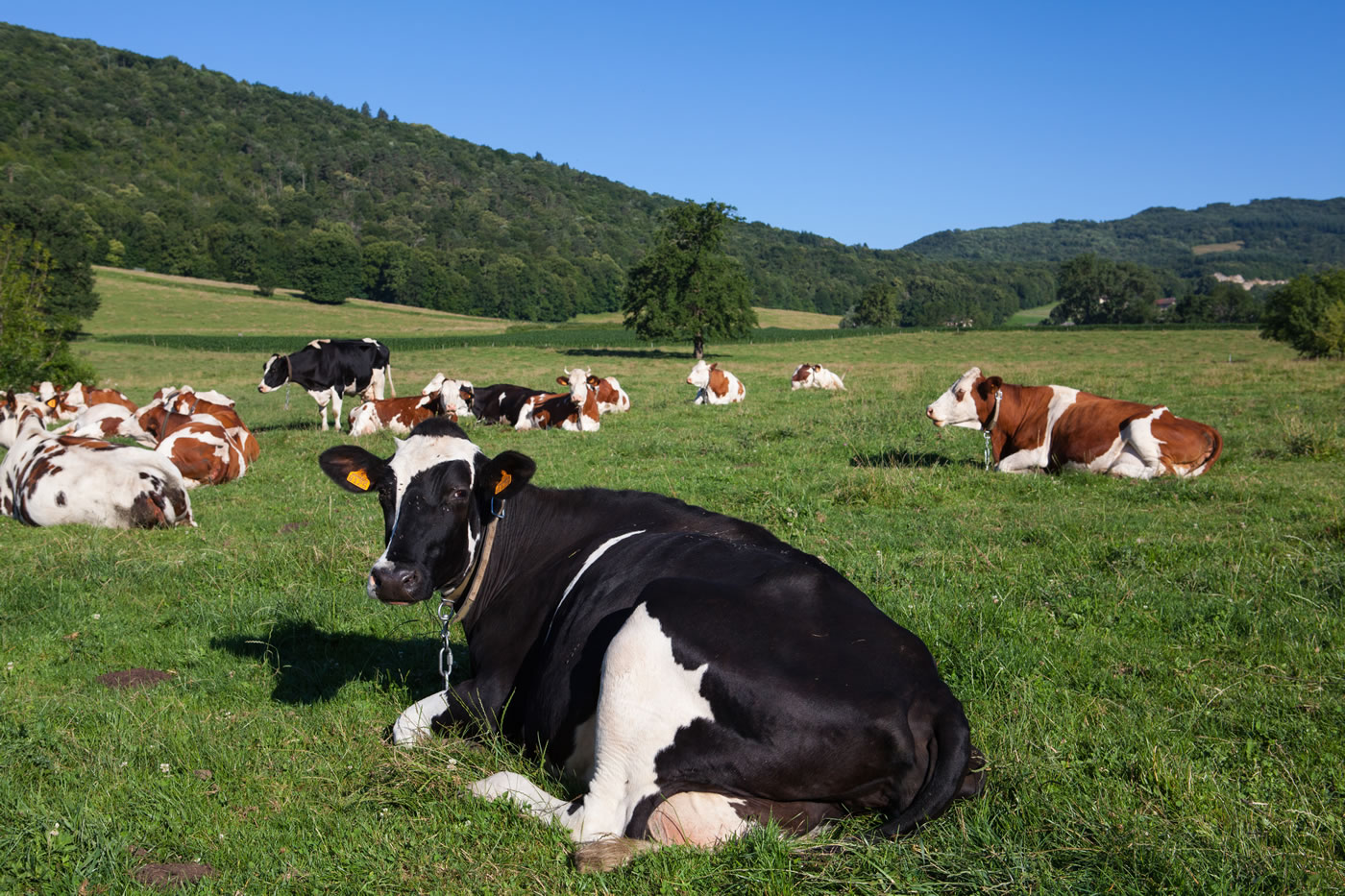In the ever-evolving world of dairy farming, the quest for optimal nutrition and enhanced milk production remains a top priority. As dairy farmers seek innovative solutions to meet the demands of a growing industry, one such breakthrough has emerged: supplementing the diets of dairy cows with P85+ palmitic acid. This unique fatty acid is now being utilized as a higher energy source for supplemental fat in dairy cow diets.
In this article, we will explore what P85+ palmitic acid from FoodGrid’s animal nutrition product range is and its potential to revolutionize the dairy industry, as well as how it can benefit both dairy farmers and end users.
What is the P85+ palmitic acid and how should it be used in the diet of dairy cows?
P85+ palmitic acid serves as a valuable source of supplemental fat in the dairy cow diet, offering enhanced energy levels. It is derived from pure vegetable fat, characterized by its high concentration of metabolic energy and excellent digestibility. The production process of P85+ involves natural methods without any genetic modification, using palm oil raw material. The manufacturing facilities employ cutting-edge technology to ensure consistent, safe, and efficient production, respecting all standards in order to guarantee the highest quality of our products.
P85+ consists of long-chain saturated fatty acids, which possess remarkable resistance to rapid oxidation. This is due to its high melting point and optimal fatty acid composition. These features grant the product superior rumen bypass qualities, allowing for efficient absorption in the small intestine. Notably, the increased fat content in palmitic acid enhances palatability and feed utilization, optimizing the feed conversion ratio and promoting higher butterfat production in dairy cows.
For optimal results, it is recommended to use P85+ at a rate of 0.25 to 1.25 lbs per dairy cow per day. The product blends seamlessly with common feed and is conveniently delivered as dried prills in 55.12 lbs (25kg) bags or 1433 lbs (650kg) totes. To ensure its quality, P85+ should be stored in dry and clean conditions, with temperatures not exceeding 110°F to prevent oxidation. The shelf life of P85+ is 12 months from the production date.
What are the benefits of using P85+ palmitic acid for dairy farmers?
- Increased energy efficiency: By incorporating P85+ palmitic acid into dairy cow diets, farmers can enhance the energy density of the feed. This allows cows to meet their energy requirements more efficiently, leading to improved milk production and reproductive performance. The higher energy content of P85+ palmitic acid also reduces the need for additional feed, minimizing costs and optimizing resource utilization on the farm.
- Enhanced milk fat percentage: P85+ palmitic acid has been shown to positively influence the composition of milk fat. Its inclusion in the diet has been linked to increased milk fat percentage, resulting in higher butterfat yields. This benefit is particularly valuable for dairy farmers who prioritize milk quality and seek to maximize the value of their product.
- Improved body condition: Maintaining optimal body condition in dairy cows is crucial for overall health and productivity. P85+ palmitic acid’s higher energy content helps cows maintain a healthy body condition, which is especially important during critical periods such as early lactation and breeding. By ensuring adequate energy supply, dairy farmers can support the well-being and longevity of their cows.
What are the benefits of using P85+ palmitic acid for end users?
- Nutrient-rich dairy products: The use of P85+ palmitic acid in dairy cow diets translates into dairy products that are richer in essential nutrients. The higher energy density and improved fat composition of milk derived from cows fed with P85+ palmitic acid contribute to products with enhanced nutritional profiles. This benefit resonates with health-conscious consumers seeking dairy products that provide a balance of essential fats and nutrients.
- Enhanced flavor and texture: The higher fat content and improved composition resulting from the use of P85+ palmitic acid can also positively impact the sensory characteristics of dairy products. Butter, cream and cheese produced from the milk of dairy cows fed with higher levels of P85+ palmitic acid often exhibit enhanced flavor and smoother textures, enriching the overall culinary experience for consumers.
- Versatility in product development: Dairy products derived from cows fed with P85+ palmitic acid offer increased versatility for product development. The enhanced fat composition allows for the creation of specialty products such as gourmet cheeses, premium ice creams, and specialty butters that cater to niche markets and discerning consumers.
The integration of P85+ palmitic acid as a higher energy source for supplemental fat in dairy cow diets marks a significant advancement in the dairy industry. Its ability to enhance energy efficiency, improve milk fat composition and support optimal body condition in cows benefits both dairy farmers and end users. With nutrient-rich dairy products, enhanced flavor profiles, and increased versatility in product development, P85+ palmitic acid has the potential to revolutionize the dairy industry by meeting the evolving demands of consumers while ensuring the profitability and sustainability of dairy farming.
